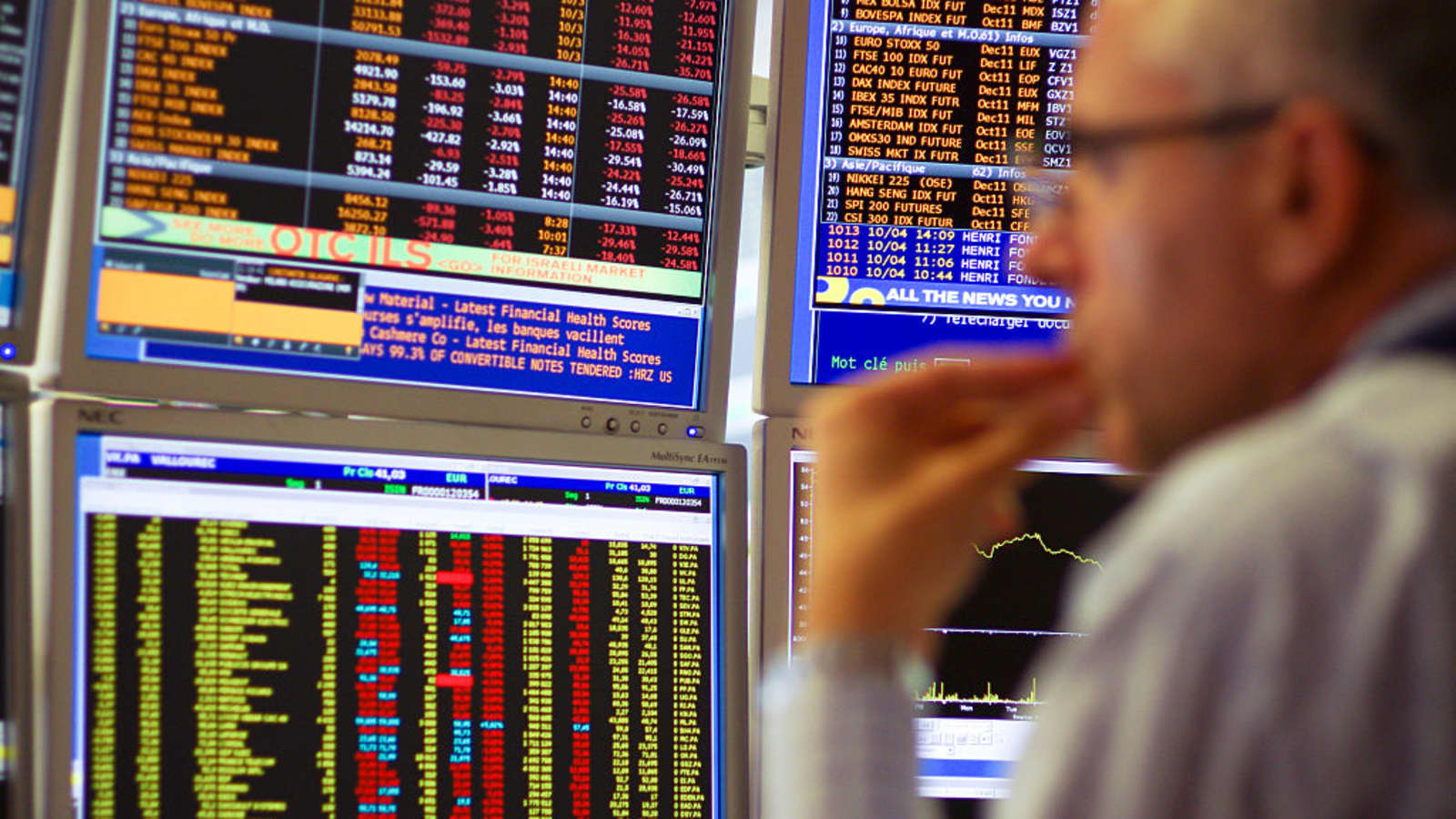A push from European bond markets
For the first time in a very long while, it has been European bond markets that have been the driving force globally, not treasuries.

We are used to a situation in which global bond markets dance to the tune played by US treasuries. But now it is the euro zone bond market that seems to be the driver given the surge in yields created by expectations for fiscal largesse. This being said, the treasury market has been able to resist the rise in eeurozone yields thanks to a softening of US data. US data has started to underperform market expectations in recent months and some contemporaneous indicators of Q1 GDP still appear deeply negative with the widely-followed Atlanta Fed GDPNow currently pointing to a 2.4% decline.
Steven Barrow, Head of Standard Bank G10 Strategy suspected that the GDP outcome would be far stronger than this, but at the same time, there is little doubt that an expectations-led downturn is in place as both consumers and businesses grow wary about some aspects of the government policy. The question is whether such uncertainty could become so severe that it prompts an expectations-led recession. There’s no doubt that some of the measures being taken are problematic for businesses, such as deportations and tariff flip-flopping.
Steven Barrow does not foresee a recession but his forecast for growth of 1.5% this year is lower than the FOMC median forecast of 2.1% from the December Summary of Economic Projections (SEP). The economic slowdown has pushed the market to price in three 25-bps rate cuts through the rest of the year having assumed little more than one 25-bps cut a month ago. These new calls are too ambitious. One reason is that we doubt the current period of weakness will morph into a serious downturn, let alone a fullblown recession. Another factor is that tariffs could lead to higher inflation and so make the Fed wary of cutting rates more quickly.
Of course, the on-off nature of tariffs against Canada and Mexico leaves the tariff picture somewhat opaque but we do know that tariffs on Chinese goods now stand at 20% and, on March 12th 25% tariffs on steel and aluminium will be coming through (barring some last-minute change of heart by the Trump administration). With all this in mind, Steven Barrow has stuck to his call that the Fed won’t be in a position to cut rates again until the end of the year and if tariffs keep inflation somewhat more elevated than before, the base for this cycle will be around 4% and not the 3.5% that many analysts had suspected some time ago.
While treasury yields have been bogged down by uninspiring data, the eurozone bond market has seen yields surge as geopolitical concerns spur plans for increased defence spending, both in terms of individual country budgets and those of the European Commission. Eurozone finance ministers gathered yesterday to discuss mobilizing up to EUR150bn of borrowing via shared bonds to finance increased defence spending.
Of the eurozone countries, it is clearly Germany that has the most eye-catching fiscal expansion plans as the much-hated debt brake, which limits the structural budget deficit to 0.35% of GDP, looks like being amended to allow for far higher spending on defence. It is ironic in some ways that bond markets started the year concerned that incoming US President Trump would unleash the sort of fiscal easing that undermines the treasury market but, in fact, it is Europe leading the way on budget largesse and all because politicians fear that Trump will remove all security guarantees relating to Ukraine. These developments have dealt a significant blow to our call that euro zone bonds will outperform treasuries this year.
“We do think that eurozone yields will ease back down as we expect inflation to stay modest and the ECB to keep cutting rates down to at least 2%, if not lower. Nonetheless, much of the damage to the spread between treasuries and EGB’s probably won’t be unwound”, said Steven Barrow.
The ECB cut policy rates last week and, this week, we should see the Bank of Canada produce a 25-bps cut to take the key policy rate down to 2.75%. This cut will leave the Bank just 25-bps away from the bottom of the cycle but this assumes that, eventually, most US tariffs on Canada will be permanently removed. If they are not the low point for the easing cycle could drop down to around 2%.








